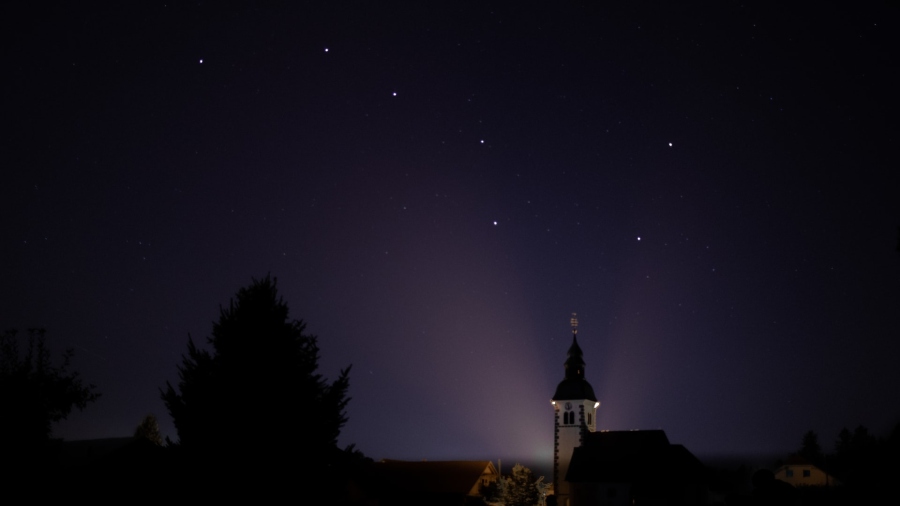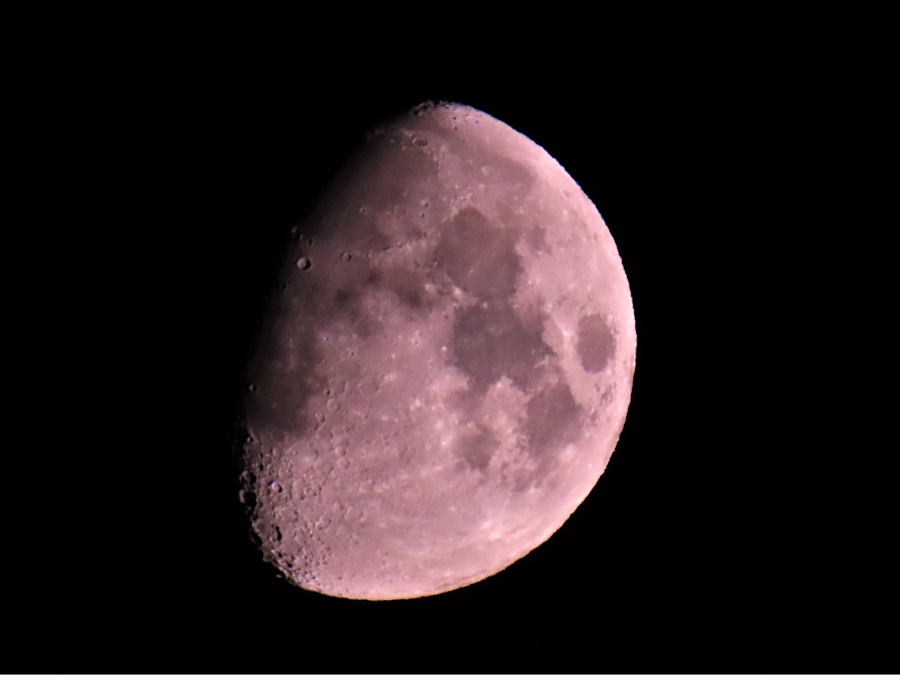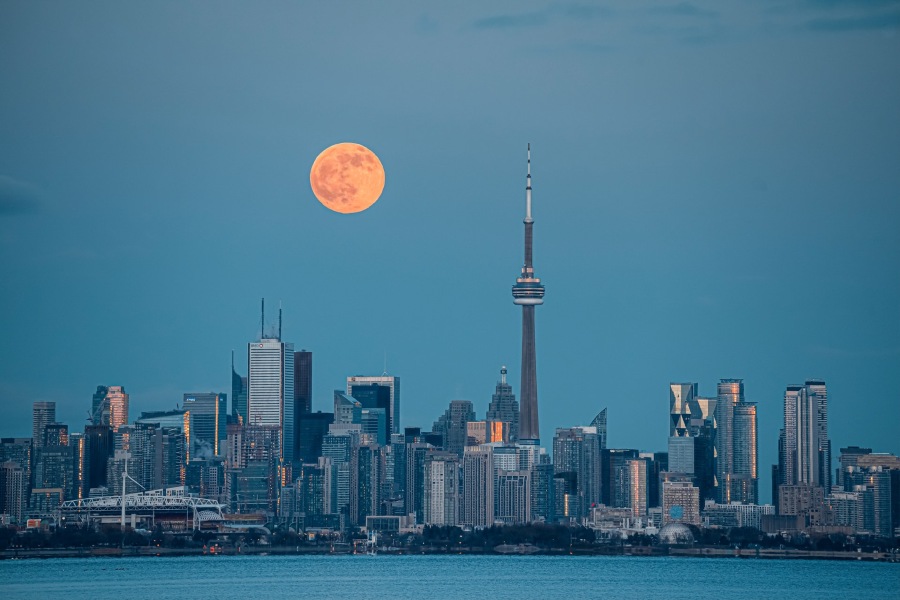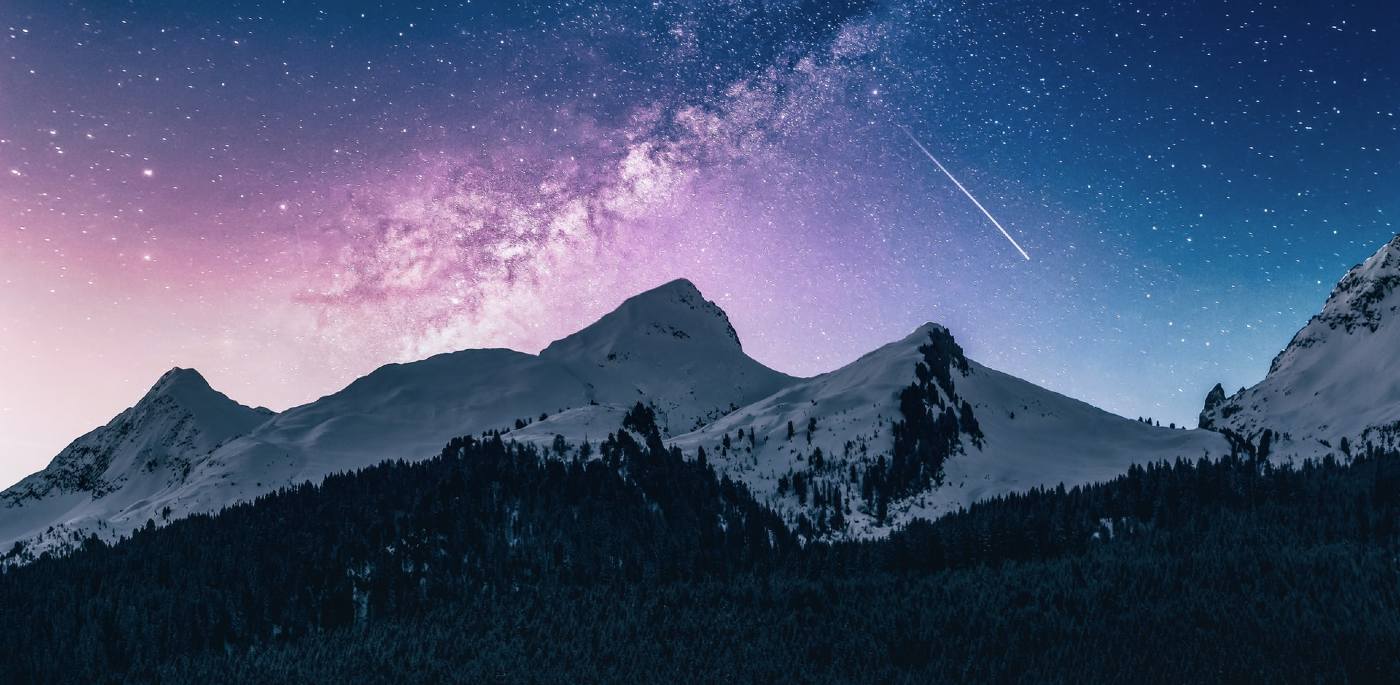We’re halfway through the month of March, and though the days are getting longer—these crisp, clear nights are still a perfect time for stargazing.
What can you expect to see if you look up at the darkness over the coming weeks? So much, it turns out. Let’s take a look at three celestial highlights that will bring us through till April.
Ursa Major ‘springs’ up
When: Through March

Identified more than 30,000 years ago, Ursa Major—or the Great Bear—has appeared low in the sky through winter.
Now that it’s springtime, that iconic asterism of seven bright stars has ‘sprung’ back up from its low position to appear high in the northeast sky. All this to say, the Big Dipper is back.
The Moon and Mars have a meet-up
When: March 19

Earth’s only natural satellite and the Red Planet will appear very closely together on Friday evening. Look up then and see a waxing crescent moon appear in conjunction with Mars, with both just above the Taurus star of Aldebaran.
The night of March 19 is a special one for one more reason: As the clock hands swipe past midnight, at 4:37am Central Daylight Time on March 20 it’ll become vernal equinox in the Northern Hemisphere.
Each night from then on, as the lengthening days move closer to the summer solstice, you’ll find the sun setting just that bit farther north.
The ‘Super Worm Moon’ glitters, full and bright
When: March 28

Also called the Crow Moon, the Sugar Moon, the Wind Strong Moon, and the Sap Moon, watch the full ‘Super Worm Moon’ rise on March 28.
When it’s low on the horizon it’ll appear a brilliant, rich orange—and very, very large.
As the super moon climbs farther and farther in the sky, it’ll lose its orange hue and outsized appearance. All that to say, make sure to look up around dusk. Enjoy the view.
CHECK OUT: See the Stunning Winners of the Northern Lights Photographer of the Year Competition
SHARE The News With Starry-Eyed Pals on Social Media…




















